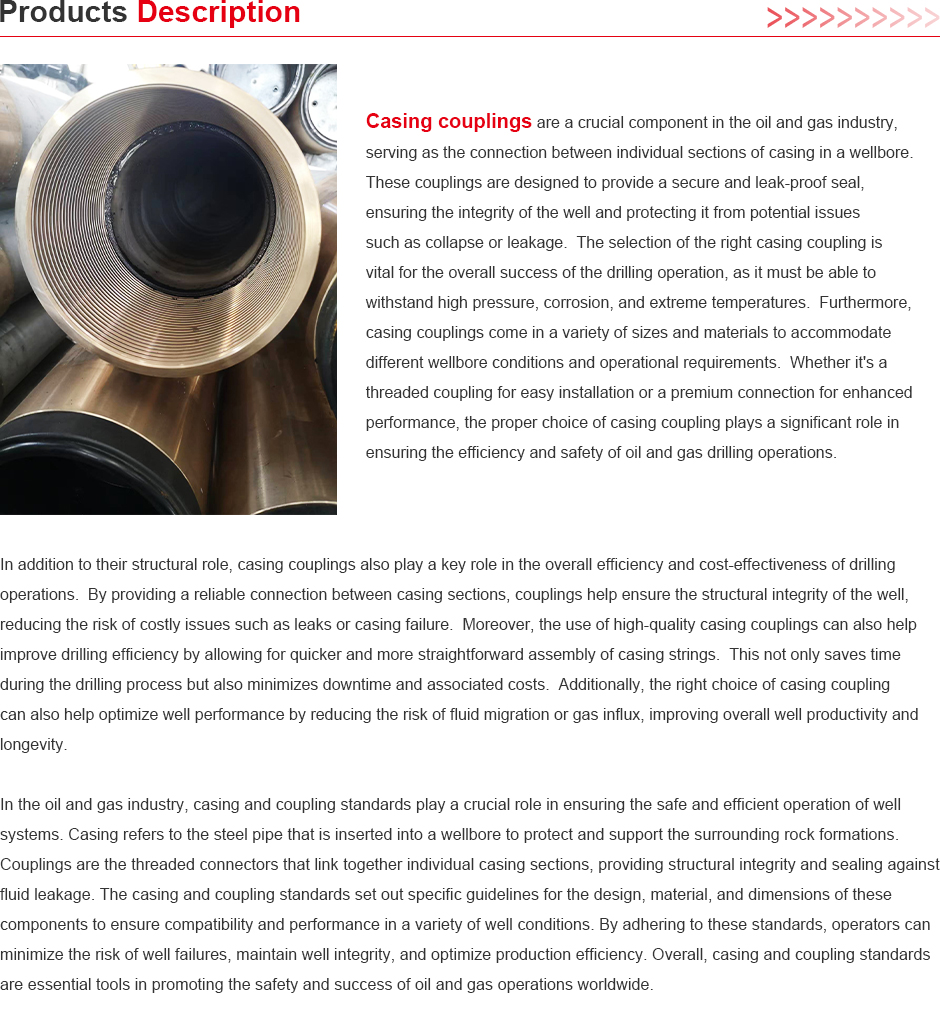- Afrikaans
- Albanian
- Amharic
- Arabic
- Armenian
- Azerbaijani
- Basque
- Belarusian
- Bengali
- Bosnian
- Bulgarian
- Catalan
- Cebuano
- Corsican
- Croatian
- Czech
- Danish
- Dutch
- English
- Esperanto
- Estonian
- Finnish
- French
- Frisian
- Galician
- Georgian
- German
- Greek
- Gujarati
- Haitian Creole
- hausa
- hawaiian
- Hebrew
- Hindi
- Miao
- Hungarian
- Icelandic
- igbo
- Indonesian
- irish
- Italian
- Japanese
- Javanese
- Kannada
- kazakh
- Khmer
- Rwandese
- Korean
- Kurdish
- Kyrgyz
- Lao
- Latin
- Latvian
- Lithuanian
- Luxembourgish
- Macedonian
- Malgashi
- Malay
- Malayalam
- Maltese
- Maori
- Marathi
- Mongolian
- Myanmar
- Nepali
- Norwegian
- Norwegian
- Occitan
- Pashto
- Persian
- Polish
- Portuguese
- Punjabi
- Romanian
- Russian
- Samoan
- Scottish Gaelic
- Serbian
- Sesotho
- Shona
- Sindhi
- Sinhala
- Slovak
- Slovenian
- Somali
- Spanish
- Sundanese
- Swahili
- Swedish
- Tagalog
- Tajik
- Tamil
- Tatar
- Telugu
- Thai
- Turkish
- Turkmen
- Ukrainian
- Urdu
- Uighur
- Uzbek
- Vietnamese
- Welsh
- Bantu
- Yiddish
- Yoruba
- Zulu
Connections for Irrigation Pipes A Guide to Coupling Techniques and Best Practices
Understanding Irrigation Pipe Couplings Essential Components for Efficient Water Management
Irrigation systems play a vital role in agriculture, ensuring that crops receive the necessary water they need for optimal growth. Among the critical components of these systems are irrigation pipe couplings. These couplings, often overlooked, are fundamental in connecting different segments of piping, enabling efficient water distribution across vast agricultural lands.
Irrigation pipe couplings come in various materials, including PVC, polyethylene, and metal. Each material has its own set of advantages and disadvantages, depending on the specific needs of the irrigation system. For instance, PVC couplings are widely used due to their durability and resistance to corrosive elements, making them ideal for long-term applications. Conversely, metal couplings, while robust, can be susceptible to rust unless properly coated or treated.
One of the primary functions of irrigation pipe couplings is to create a secure and leak-free connection between sections of pipes. This is crucial for maintaining pressure and ensuring that water flows uniformly throughout the irrigation system. Any leaks can lead to significant water loss, increased operational costs, and diminished crop health. Therefore, investing in high-quality couplings is essential for safeguarding the efficiency and effectiveness of an irrigation system.
irrigation pipe coupling

Couplings are available in various styles, including slip couplings, threaded couplings, and compression fittings. Slip couplings are typically used for a simple connection of two pipe ends and are often favored for their ease of installation. Threaded couplings, on the other hand, provide a more secure fitting and are useful in systems that may require disassembly for repairs or updates. Compression fittings are commonly used in flexible pipe systems, offering versatility without compromising on strength.
In addition to their functional roles, couplings can influence the design of an irrigation system. The choice of couplings affects the layout, pressure management, and overall hydraulic performance. Designers and irrigation engineers must carefully consider the type of coupling used to ensure that the system operates at peak efficiency while accommodating the specific landscape and crop type.
Maintenance of irrigation pipe couplings is another crucial aspect that should not be underestimated. Regular inspections can prevent minor issues from escalating into major failures. Checking for signs of wear, corrosion, or misalignment can help farmers address potential problems before they compromise the entire irrigation system. Furthermore, using compatible materials and proper installation techniques can enhance longevity and performance.
In conclusion, irrigation pipe couplings may be small components, but their impact on the efficiency of an irrigation system is significant. By understanding the various types, materials, and maintenance needs of these couplings, farmers and agricultural professionals can make informed decisions that enhance water management practices in their fields. Investing in quality couplings not only helps in conserving water but also fosters sustainable agricultural practices, ultimately supporting food security and environmental stewardship.
-
Tubing Pup Joints: Essential Components for Oil and Gas OperationsNewsJul.10,2025
-
Pup Joints: Essential Components for Reliable Drilling OperationsNewsJul.10,2025
-
Pipe Couplings: Connecting Your World EfficientlyNewsJul.10,2025
-
Mastering Oilfield Operations with Quality Tubing and CasingNewsJul.10,2025
-
High-Quality Casing Couplings for Every NeedNewsJul.10,2025
-
Boost Your Drilling Efficiency with Premium Crossover Tools & Seating NipplesNewsJul.10,2025







